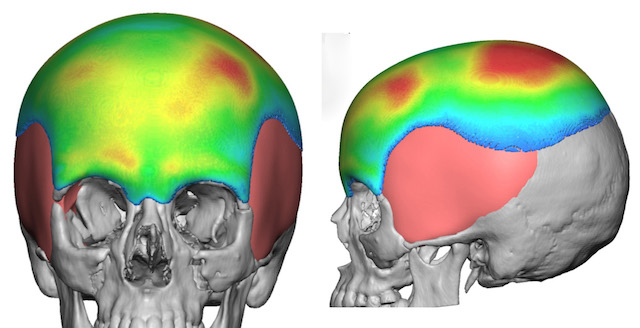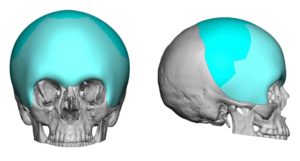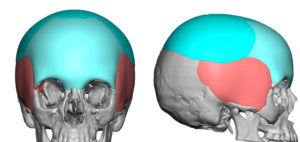Background: Custom skull implants create the most significant head shape changes that are possible in adults. Provided that an augmentation effect is needed there is no other form of implant, intraoperatively or preoperatively designed, that produce a better or more substantive result within the limits of what the overlying scalp can accommodate. While less well known than that of custom facial implants, custom skull implants are equally powerful and effective.
Custom designed implants are clearly the most effective method of augmenting the skull or face. Being able to design the implant for the patient’s specific anatomy and aesthetic needs and having a precise fit to the bone are huge advantages over the use of any standard or performed implant. But a custom implant design does not guarantee the patient’s exact aesthetic result as those dimensions can never be precisely known before surgery. The dimensions of the custom implant have to be estimated in the design. This essentially means that the patient has to ‘wear it’ for a while to determine their perception of the effects of the chosen implant dimensions.
As a result of any custom implants aesthetic unpredictability, a certain percentage of such patients may desire a replacement implant with a ‘improved’ design. While this is less true for custom skull implants than custom facial implants due to increased dimensional simplicity, it still can occur.
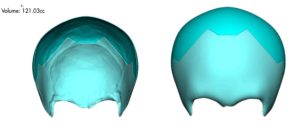
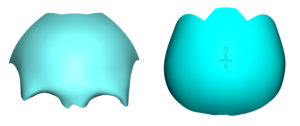

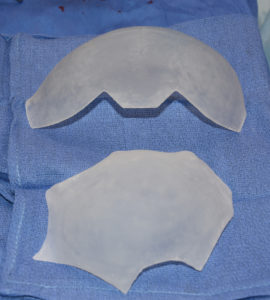
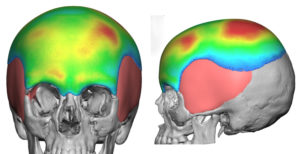
Case Highlights:
1) Large surface area coverage custom skull implants can make 3D types head shape changes.
2) But like any custom implant design how one feels about the changes can only be fully appreciated from an aesthetic standpoint by it being in place.
3) Having an implant in placed and knowing what its aesthetic effects are makes it easier to know what favorable changes can be done in a new custom implant design.
Dr. Barry Eppley
Indianapolis, Indiana

